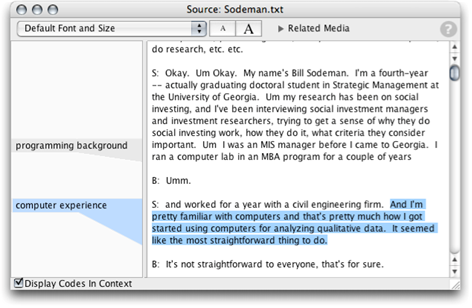

Support for the technical capacity of patient groups to participate in health technology assessment is necessary but not sufficient to address this issue fully. Conclusions:This study suggests that misalignment of stakeholder expectations remains an issue even for a well-regarded health technology assessment process that has promoted patient engagement since its inception. In contrast, patient submissions that relied on emotional appeals or lacked transparency about their own methods were seen as detracting from the meaningfulness of patient engagement by conflating health technology assessment with other functions of patient advocacy groups such as fundraising or public awareness campaigns, and by failing to provide credible information relevant to deliberations. This included information not collected in clinical trials, information relevant to clinical trade-offs and information about aspects of lived experience such as geographic differences and patient and carer priorities. Results:Submissions from patient advocacy groups were seen as meaningful when they provided information unavailable from other sources. A qualitative descriptive approach, employing the technique of constant comparison, was used to produce a thematic analysis.

Methods:Qualitative interview study comprising 24 semi-structured telephone interviews. This paper explores reviewer and payer perceptions of what constitutes meaningful patient engagement in the Pan-Canadian Oncology Drug Review process. Objectives:While there is wide support for patient engagement in health technology assessment, determining what constitutes meaningful (as opposed to tokenistic) engagement is complex.


 0 kommentar(er)
0 kommentar(er)
